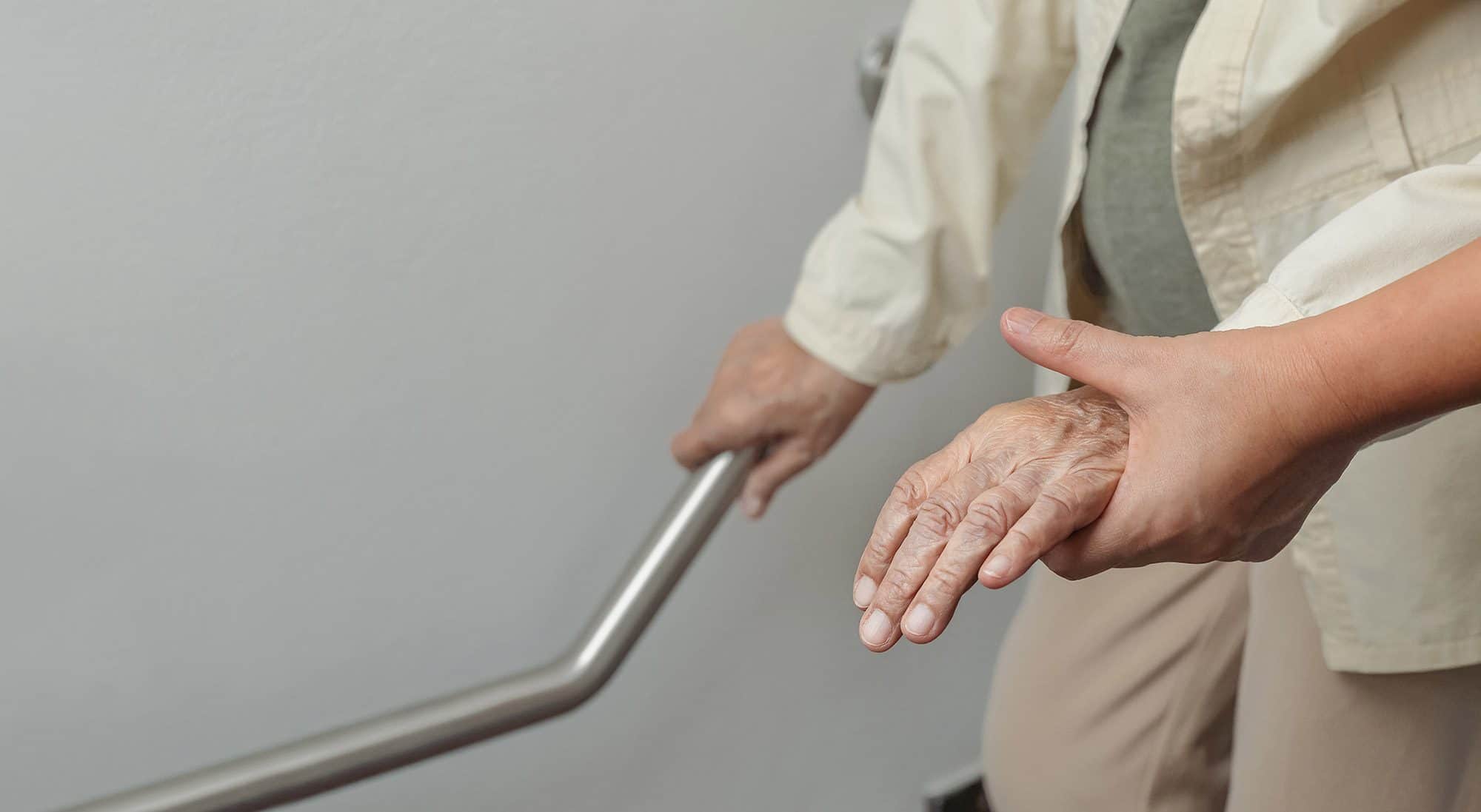Thousands of patients struggle with the same problem — mobility! According to the research, there are 700,000 and 1,000,000 people in the US fall in the hospital each year. A fall can result in lacerations, fractures, internal bleeding, and can lead to a longer hospital stay. But it’s estimated that one-third of falls can be prevented. Nursing professional Vince Baiera shares his experiences in helping older people avoid having those falls.
Every person will ultimately face challenges in his or her mobility. It’s important to realize that falls are the leading cause of both fatal and non-fatal injuries each year in seniors.
Our priority as healthcare providers is always patient safety. Advocating for the patient is necessary for all aspects of care, including patient transfer. By implementing small changes, we can help avoid hundreds of thousands of falls each year and save money in healthcare costs.
Here are five simple tips you can take to reduce the likelihood of a patient falling.
1. Take your time
As you hustle all day to provide great care, it’s easy to be in a hurry to stay on track. Rushing patients to their feet can lead to hypotension and cause the patients to become light-headed if they get up too quickly. First and foremost, take your time. Allow the patients time to compose themselves after rising from a lying or sitting position. Assess the environment around you with a clear plan of what they need, and the steps you will take to accomplish the transfer. Explain the plan to the seniors and gauge their cooperation and ability. Transfer the patient with care to prevent accidents.
2. Exercise regularly
It’s important as healthcare professionals that we’re capable of performing the daily tasks of the unit. It’s part of the job. To help with this, it’s good to schedule at least three days a week of 30–60 minutes of exercise. Weights, cardio, yoga, pilates, Zumba, and even stretching can be good exercise. The key is scheduling the days into the time that you dedicate to spend on yourself. Be committed (don’t just do it when it’s convenient) to work out so you will be able to provide optimal patient care. If nothing else, 20 minutes of walking each day at lunch can help.
3. Ask for help
Most of us know how to do this, but it’s easy to “go for it” when the unit is crazy and no one’s around to help. You’re in a hurry and you think, “OK, I can do this.” I would do this at times because as a bigger guy, physically, I could get away with it. There were a few times this almost cost me and the patient a fall. If you aren’t able to help the patient transfer by yourself, don’t change it.
4. Make the room less hazardous
Take a minute to double-check your patient and the immediate area around him or her before attempting to transfer him or her. Cords, wires, and tubes are easy to spot. It’s the leg of a chair or water spills that can trip you up (literally and figuratively) and cause a fall. Take your time, assess the area, and perform a safe transfer.
5. Talk to your patient
We all know how to do this, but making sure your patient is clear on how they can help transfer is vital. Speaking slowly, clearly, respectfully, and loud enough will help your patient give optimal assistance. A simple way to assess their understanding is to ask them to repeat your directions.
Fear of falling
Many people who fall—even if they’re not injured—develop a fear of falling. This fear may cause them to limit their activities, which leads to less mobility and loss of physical fitness, and in turn, increases their actual risk of falling. The increased fear is common and should not be looked down upon—it’s normal!
Encourage your patients to ask for help
Pride is a powerful thing, especially in today’s older population. Encourage your patients to wait for you and ask for help if they feel uncomfortable at all. It’s important to remind them that you want to help them and that you’d prefer to help them. Empathy is the key here to reinforce your willingness to help them so they will ask for help when they need it.
Source: www.crisisprevention.com
We look forward to assisting you at home soon. Please call 630-225-0100 or set an appointment for free home care needs assessment.

